The Ban Is Causing More Troubles To Huawei Than It Thinks
Dhir Acharya - May 29, 2019
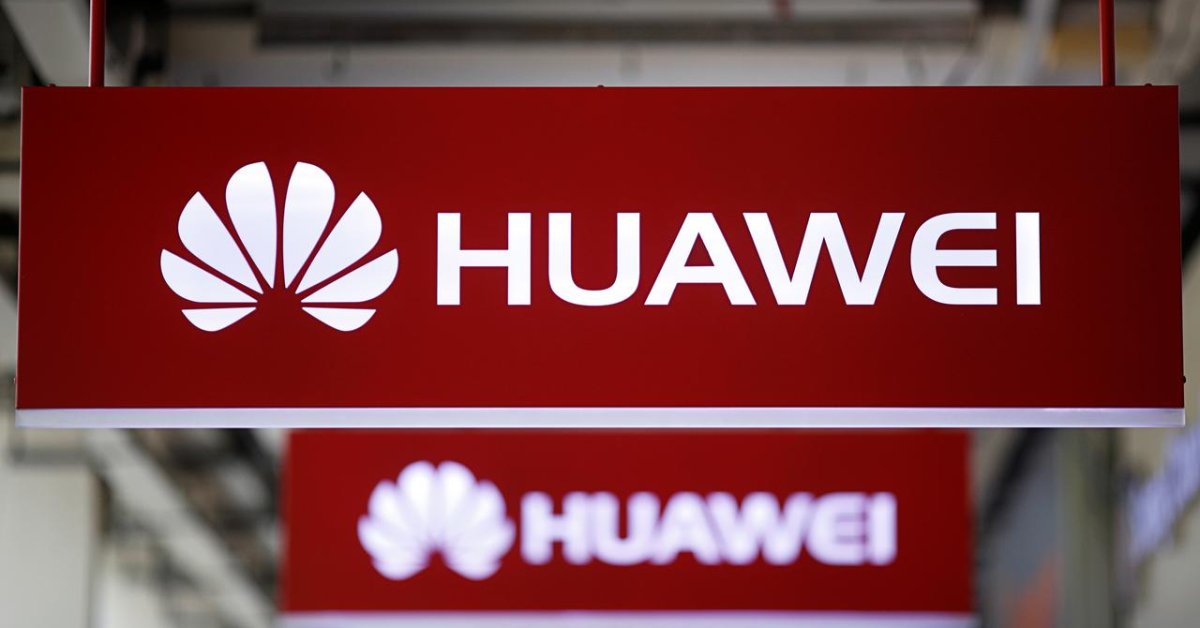
Huawei is in the kind of trouble that can break its business and block it from surpassing Samsung to become the leader of the global smartphone market.
- Huawei Band 10 Launches in India with Advanced Health Tracking Features
- After Windows Replacement OS, Huawei Set to Launch "Kirin X90" Chip for PCs to Replace Intel
- Six Best Smartphones Under 40,000 In India: Price & Detailed Review
The trouble that Huawei’s facing is beyond the ban itself. The Chinese giant is in the kind of trouble that can break its business and block it from surpassing Korean company Samsung to achieve to goal of leading the global smartphone market by 2020. The ban doesn’t scare Huawei at all as it still expresses confidence in its phone business’ growth even without the help of Microsoft, Google, and chipmakers like ARM. However, after temporary suspension from SD Association and Wi-Fi Alliance, the chances seem to be closing for Huawei.
Following US President Donald Trump’s order, US companies such as Google, Intel, Microsoft, and ARM have cut ties with Huawei, which hobbles its supply line for its future phones. According to the US President, reuniting Huawei with US companies may be part of a trade deal with China.
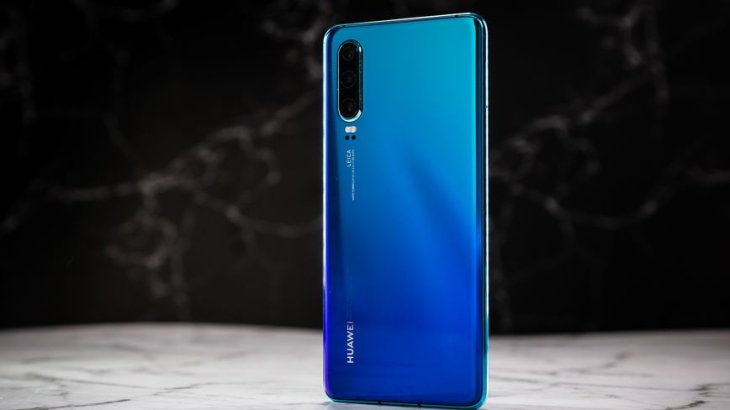
Ren Zhengfei, founder and CEO of Huawei, stated that most of the firms providing the company with consulting services are located in the US, which include Accenture, IBM and dozens of other firms.
So how does the ban affect Huawei and how can the brand go on alone if the two countries cannot settle down on any agreements?
What Huawei’s phone can’t have due to the ban?
Phones from Honor and Huawei belong to the consumer business group of Huawei and hence are affected by the ban, just like dozens of subsidiaries.
The move orders US firms to cut business with the Chinese giant for future products, withholding their components and software for use in the brand. Therefore, Microsoft and Google won’t supply software for Window offerings and Android phones. Besides, ARM, Broadcom, and Intel will not work with the company. The SD Association and the Wi-Fi Alliance have also suspended Huawei.
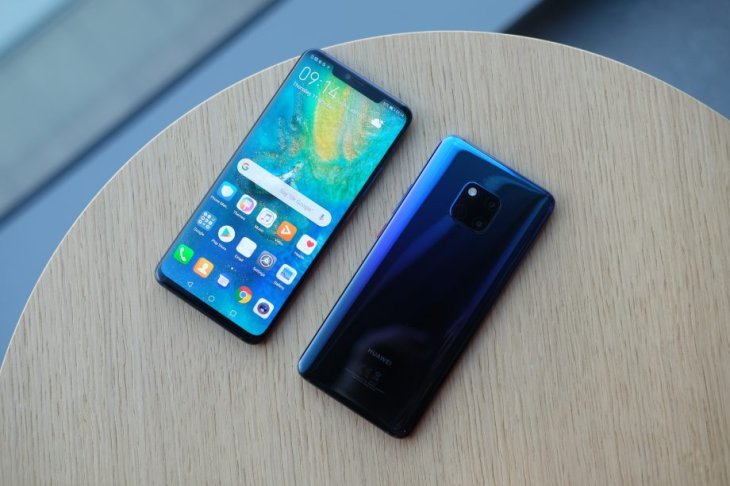
The situation doesn’t look very bright for Huawei whose phones run on Android, use Google software, and rely on ARM for chips. If it also loses Bluetooth access, its smartphone business is doomed.
Huawei can barely survive without Android
The Chinese giant phone maker has proven that it can sell phones in China even without Google’s software or services. It has blocked Google search as well as other software services following national policies. Instead, it develops alternatives for tools like maps, search, YouTube, and Google Assistant. To further reduce the dependence on Google, Huawei and Honor use Emotion UI – their own software interface.
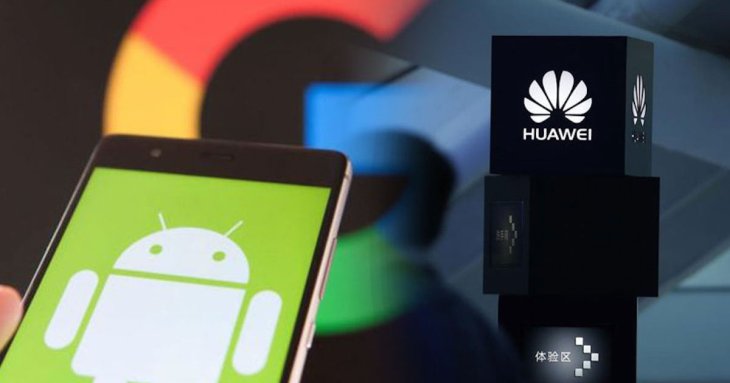
The company is working on its own operating system dubbed Hongmeng, but that’s a long way to go. While it can still use Google’s open software, it will fall far behind regarding Android new updates and won’t have technical support from Google in troubleshoot problems as well as securing the phones.
Worse, Huawei phones outside of China won’t get Google’s app store or services, which is frustrating. It is said that the Chinese giant is building an app store of its own.
Huawei makes chips, but ARM licenses can have long-term effects
It doesn’t use Qualcomm chips, HiSilicon already supplies chips for the Mate 20 and P30 Pro. However, it needs a license from ARM. While ARM is not in the US, its R&D labs are based here which holds the intellectual property flows. Anyway, because chip designs license is typically years ahead, the ban won’t hurt Huawei in this aspect unless it lasts for years.
About this matter, Ren said:

Ren, however, didn’t reveal which part uses US chips.
In some countries, carrier support is especially crucial
In the US, if a phone doesn’t make its way to carrier stores, it won’t sell in great volumes. In other countries, direct online stores or third-parties such as electronics stores, are much more efficient channels to sell phones.
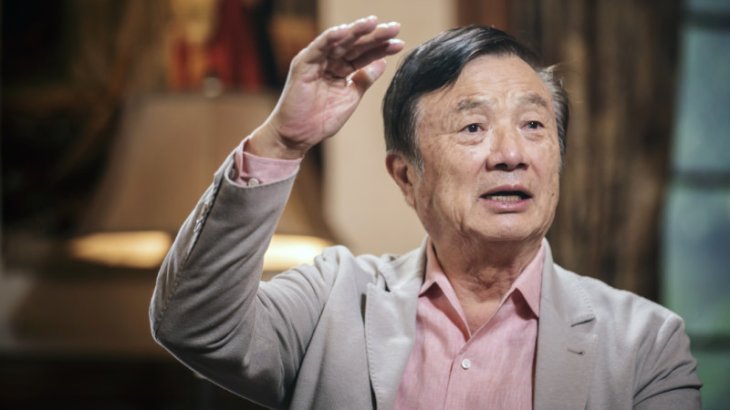
Huawei has made a strong presence in European countries, Asia, Latin America, and the Middle East. If more global carriers block it under US pressure, it may follow OnePlus and Xiaomi to sell its phones through other channels.
And even so, the Chinese player’s reputation will still be negatively affected.
How long will the ban last?
Early evidence suggests that Trump could lift the ban. According to what he said last week, the Chinese company might become leverage in trade negotiations between the US and China. If the two nations come to agreements, Huawei may continue its business with US firms.
Last year, the President did the same move on ZTE, another Chinese brand, but lifted the ban not long after.
Samsung will secure its position for another while
No matter what happens next to Huawei, Samsung still has its advantage while Huawei struggles with the trade crisis. Samsung has to go against Huawei’s advance only, but the Chinese firm has to fight against Samsung and the ban at the same time.
Even if the ban ends soon and Huawei can get back to the fight against Samsung, there’s still a long way to go without access to US firms that supply crucial parts for its phones.
Featured Stories

ICT News - Dec 25, 2025
The Visibility Concentration Effect: Why Half the Web Isn’t Qualified Anymore

ICT News - Jul 05, 2025
Windows 11 is Now the Most Popular Desktop OS in the World

ICT News - Jul 02, 2025
All About Florida’s Alligator Alcatraz: A Smart Move for Immigration Control

ICT News - Jun 25, 2025
AI Intimidation Tactics: CEOs Turn Flawed Technology Into Employee Fear Machine

ICT News - Jun 24, 2025
Tesla Robotaxi Finally Hits the Streets: $4.20 Rides That'll Make You Hold Your...

ICT News - Jun 24, 2025
World's First Flying Humanoid Robot Takes Flight

ICT News - Jun 24, 2025
When Closed Source Met Open Source: Bill Gates Finally Meets Linus Torvalds After...

Gadgets - Jun 23, 2025
COLORFUL SMART 900 AI Mini PC: Compact Power for Content Creation

ICT News - Jun 22, 2025
Neuralink Telepathy Chip Enables Quadriplegic Rob Greiner to Control Games with...

ICT News - Jun 20, 2025
Comments
Sort by Newest | Popular